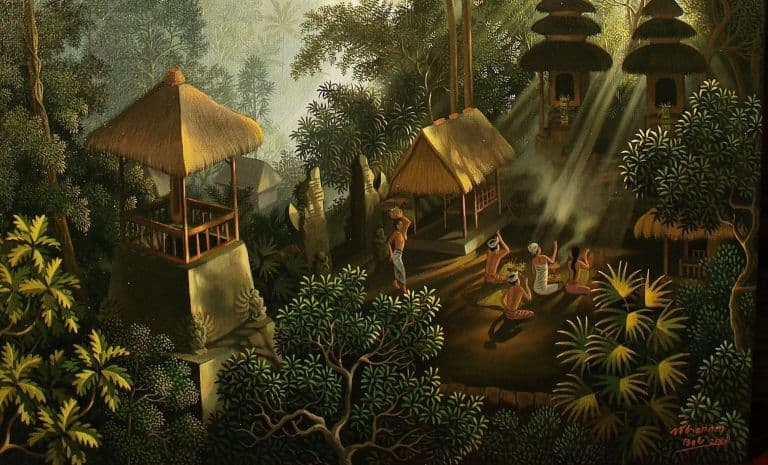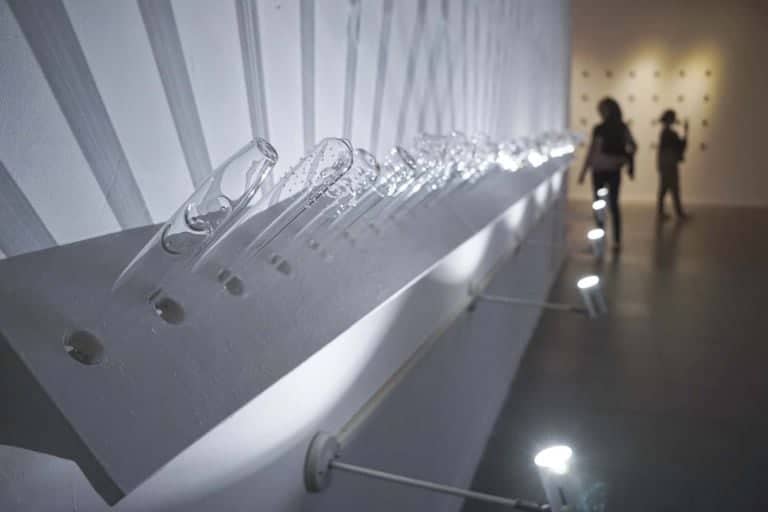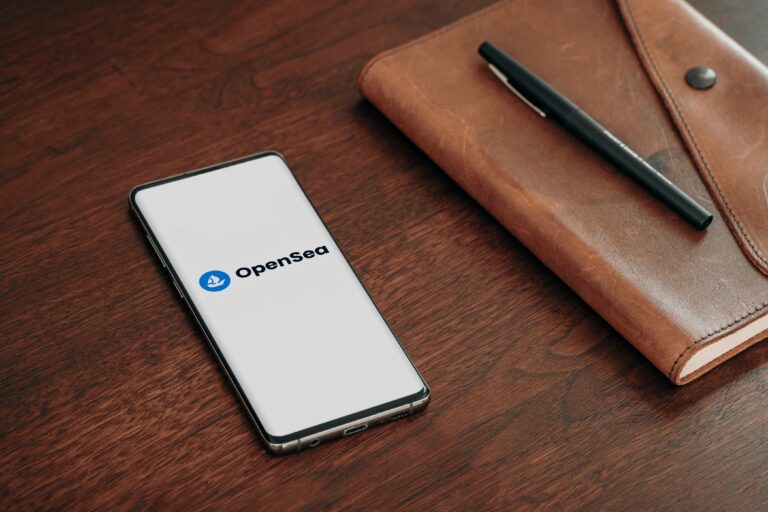It’s a cloudy afternoon in Bukit Pasoh when Pauline and I head down to Goethe Lab to meet Kamini Ramachandran who’s often better known on social media by her Instagram moniker @KaminiStoryteller.
I arrive, a little bit frazzled because the parking situation has not been kind. I’m rushing, tired and quite frankly, stressed out.
Entering the storytelling cocoon
All of that negativity fades away, however, as I step into the soothing confines of the exhibition space that Kamini has created together with installation advisor Razi Razak and installation artist Victor Emmanuel for her ongoing residency at Goethe Lab Tell it to the Walls. Billed as a “community storytelling performance art experience,” the project invites members of the public (a maximum of six at any one time) into the Goethe Lab space to tell their own stories one at a time, while the remaining members of the group and Kamini bear witness and observe the process. The experience is hinged on Tell it to the Walls, one of the signature folktales in Kamini’s storytelling repertoire.
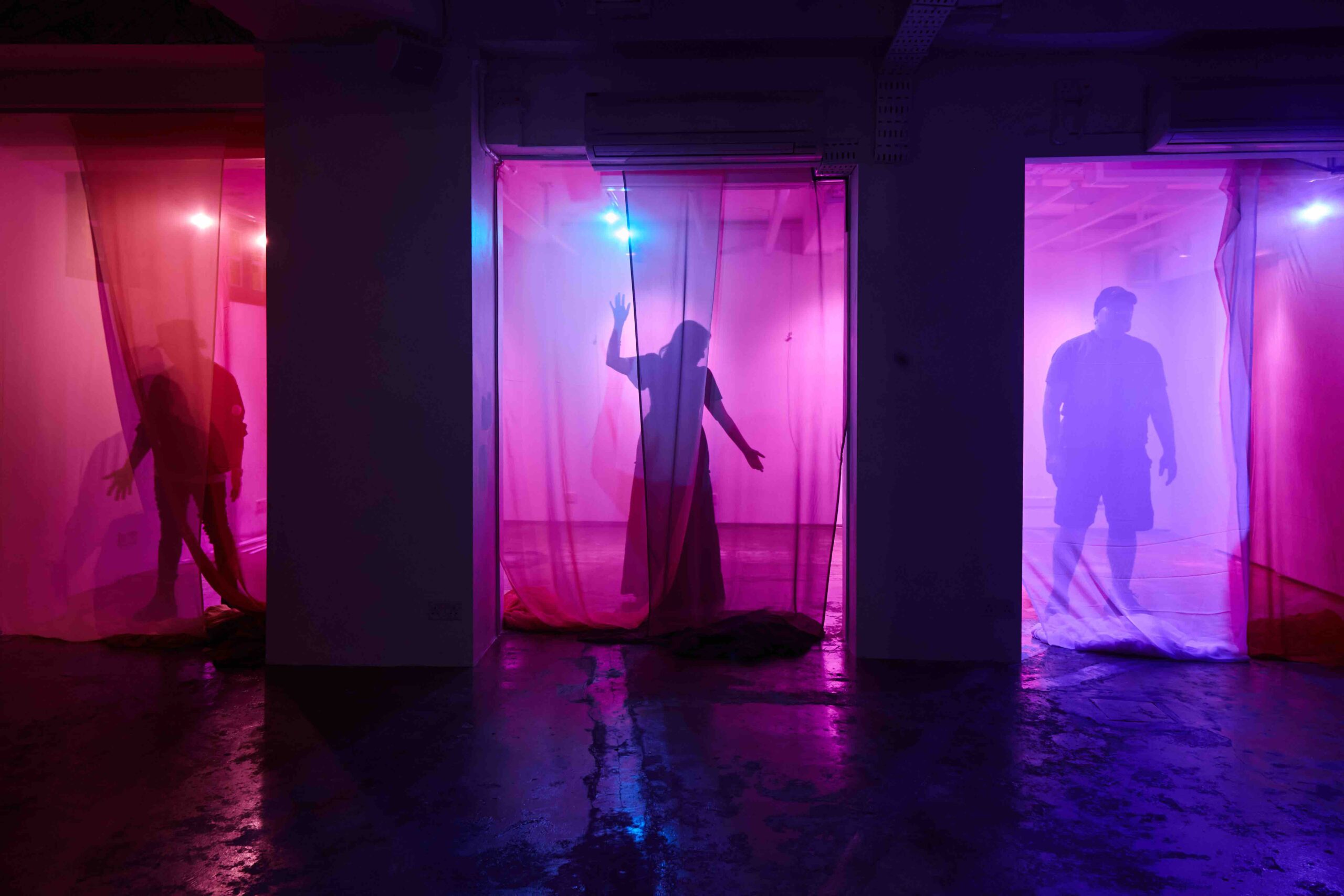
In developing her residency, Kamini asked herself, “how can I build an installation with an artist and someone who is a curator and producer to create an installation that is inviting, welcoming, gentle and warm, so that strangers can talk to the walls like the character in my story?”
“(This is about) me taking myself off the performative stage and being an enabler for community storytelling, empowering others to have the tools to tell a story,” she explains.
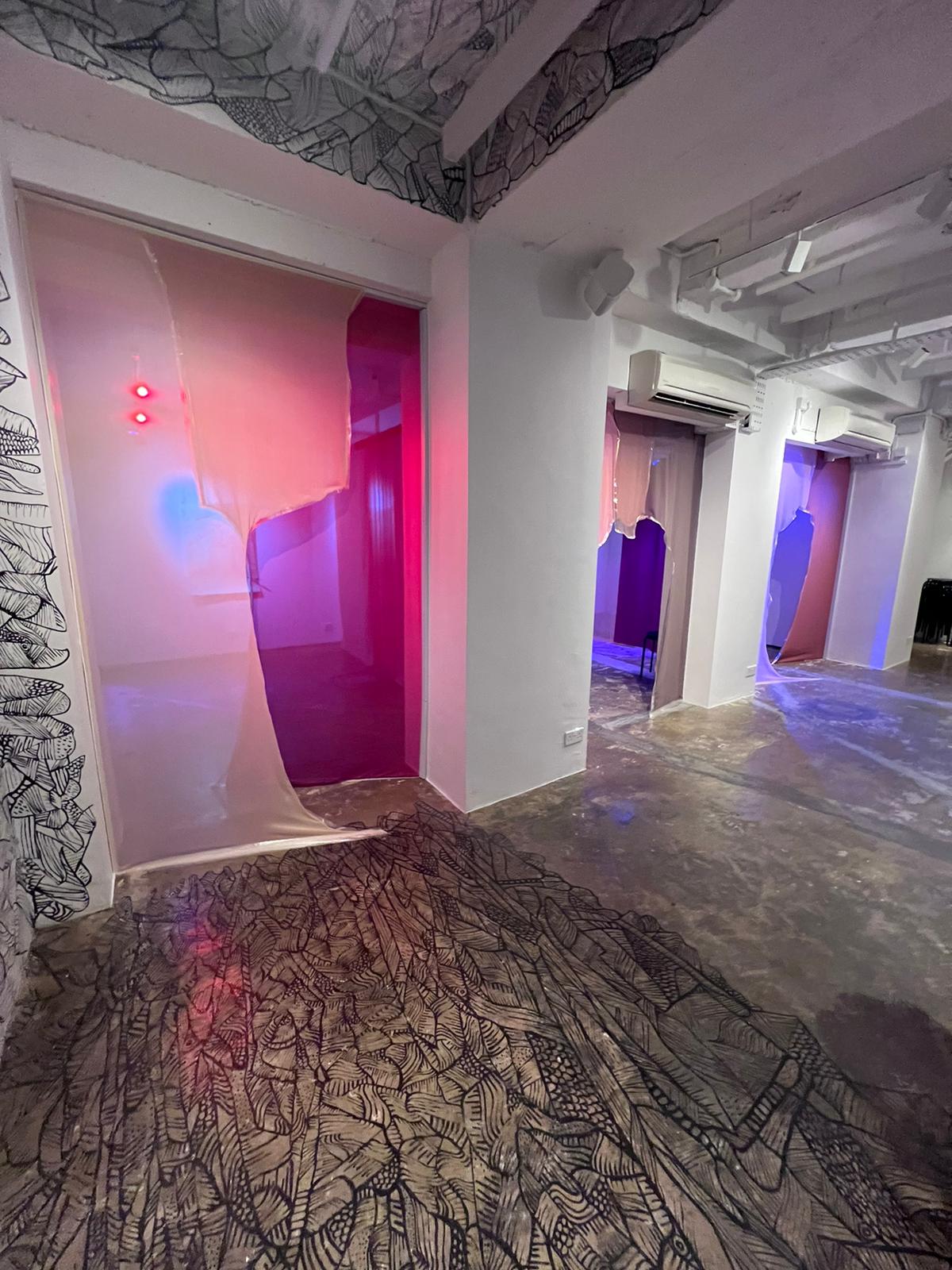
Returning to the roots of the Substation
As we speak to Kamini, multiple references are made to the Substation, a place that Kamini and her collaborators hold dear.
She explains, “Victor and Razi used to do things in the Substation; Valerie (Tan of the Goethe Institute) too. The Substation was about trusting the process and experimenting. Artists have a habit of self-organising and self-calibrating and when there is a shift in the equilibrium, they will find a way to fill the space.”
With her present residency, Kamini seeks to channel the Substation’s spirit of experimentation. She highlights the importance of artists being able to work with stakeholders that are committed to the processes of artistic thinking and not just to pure tangible outcomes.
While she is expected to unveil the further developments of her residency in the next few weeks, she reminds us that for now, the only records of her participative workshops are those that remain in her memories.
“I have no reference notes, it’s all ephemeral, and just based on what I can remember,” she says wryly.
“Witnesses do not respond. This is an artistic intervention, a suspension of belief because we are in an artistic environment.”
The experience kicks off
As Kamini explains the premise of the residency to us, she starts to weave in the story that underpins this art event —Tell It To The Walls by A.K. Ramanujan. It’s a tale that she has been telling for twenty years all over the world.
As the story creeps into our conversation, there’s a sudden glint in her eyes, and a slight shift in her tone. It’s almost imperceptible, but the air changes and is filled with an electric charge. We immediately become aware that we are about to hear this story, told to us not across a sea of people, and not as anonymous members of a large audience, but up close and in person, with the storyteller sitting right next to us.
And it is a wonderfully moving experience.
Kamini’s reputation precedes her but nothing quite prepares us for the calming dulcet tones through which she renders her emotional tale. It’s full of pathos, but also manages to touch on the contemporary issues of aging, family, identity and loss. Watching her perform her craft at such close proximity feels a bit like being enclosed in a small space with an opera singer. The vibrations in the air are palpable, and the emotions which rush forth are intense. She tells us that audience members are known to burst into tears in the middle of this particular story, or rush out halfway and I can understand why.
After the introduction, Pauline and I are invited into the exhibition space to tell each other a story — quite literally, we are ourselves telling our stories to the walls. Inside the installation, we can also take in written stories left behind by previous participants — many of which are gut-wrenching to read. We choose to sit down with a light pink fabric sheet between us and through it, we can see our silhouettes, quite literally through rose-tinted lenses. Without giving away too much, the cavernous fabric-encased spaces designed by Kamini’s team of collaborators feel like womblike cocoons — safe, soothing and quiet.
Kamini tells us that since the physical walls of Goethe Lab were present to “set the stability of the room,” there needed to be something soft and organic to balance things out. Textiles and fabric were chosen to add this softness and also because they were traditionally used in the partitioning of old houses.
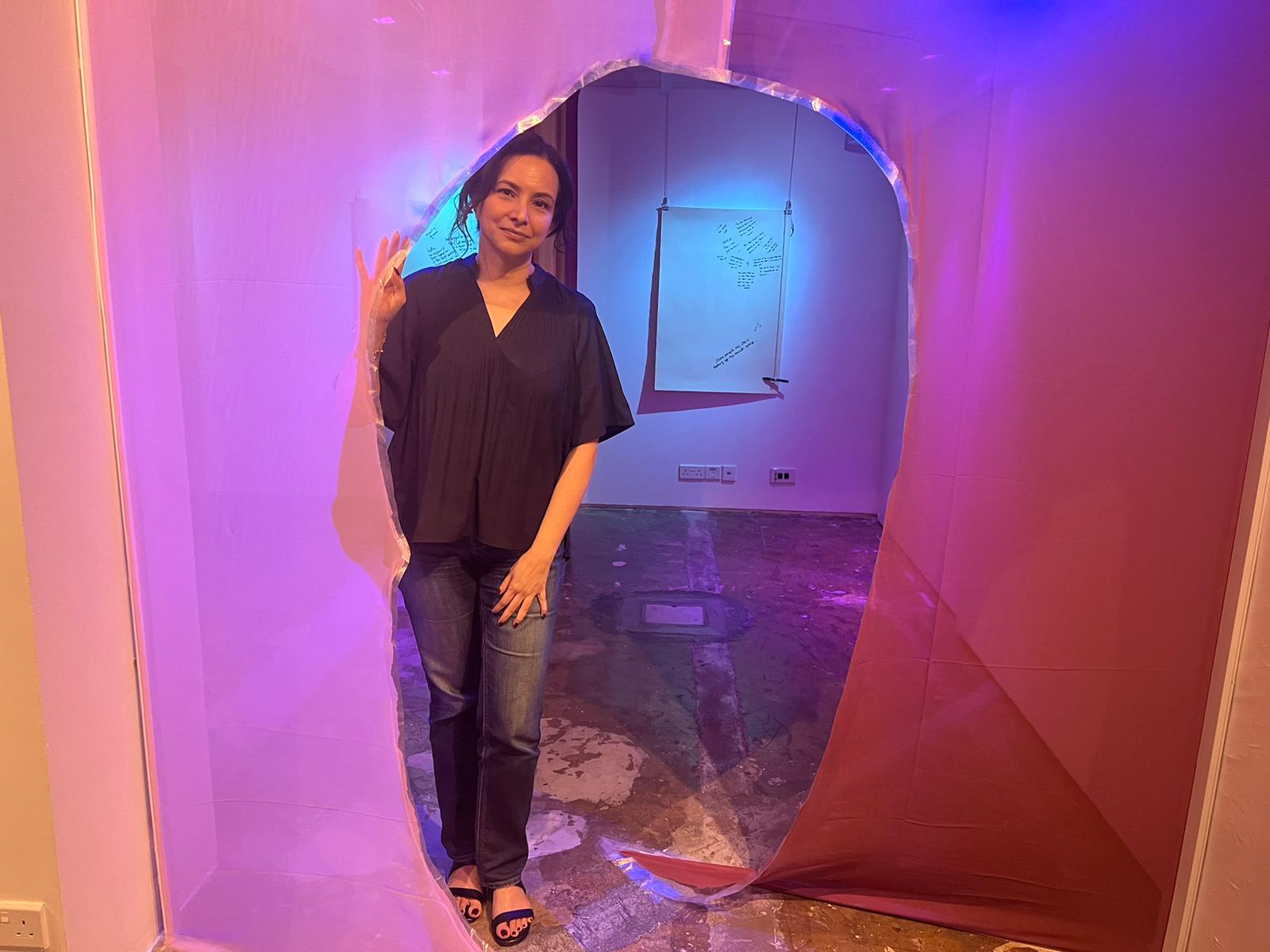
As the experience unfolds, we are aware that Kamini and Valerie Tan of the Goethe Institute are listening to us as we tell our stories. (I relay a childhood story about the Lone Ranger that my father used to tell me — complete with a theme song — and Pauline chooses to talk about a real-life wartime incident that her own father experienced).
The presence of others to listen and bear witness to these stories is meant to be cathartic, but I cannot help but feel a little self-conscious while it is happening, wondering how my silly story will be received. It’s an important part of my childhood but as I’m telling it, it occurs to me that it also sounds faintly ridiculous. To make things worse, Pauline and I have to resist the temptation to interrupt each other’s stories as we are excited to catch up after a long time.
Thankfully, there is no judgement in this warm little space. Located in the basement of the Goethe Institute, Kamini feels that the room “has an energy… to encourage opening up.”
She reminds us that as a basement room, the outside of the walls around us are covered in earth. It’s a lovely sentiment which underscores the grounded realness of the experience.
Getting back to reality
When we emerge, it is with a sense of wonder — astonishment even. It has been surprisingly rewarding to sit in a room with others, and to have the space to tell any kind of tale that I want to. For that period, it is as though time has stood still, and I’ve been able to carve into the universe a special story that belongs only to me while others have graciously granted me space. As Valerie notes, “at the core of it (this work is about) generosity and creating a space for reciprocity.”
Pauline and I obviously know each other well, but we’re told that visiting groups more typically involve strangers meeting and interacting for the first time.
“The magic of strangers is that you can say anything to each other,” laughs Kamini.
We get ready to leave the exhibition and we step outside to find that it’s now storming. The next participants for the day are already outside waiting to be let into the space and the rain is absolutely vicious. The calm I feel from the storytelling session instantly dissipates as I hopscotch my way through deep puddles and stress about my phone getting drenched.
Later though, as I sit at home and mull over what to write for this story, I think back on my experience and I feel refreshed. I didn’t look at any beautiful paintings or admire any complicated sculptures but I came away with a sense of fellow feeling and a reminder of the importance of kindness and empathy because everyone — quite literally — has their own story to tell.
Kamini puts it best perhaps with her preferred definition of community art, something that she feels her residency is best categorised as:
“Community art should be something that the public does not even feel is ‘an art thing’. It should be just part of their lives and something that they engage with. [It should be] about re-learning what it is to be a part of a community.”
_______________________________
Tell it to the Walls runs till 23 February 2023. Find out how to attend the participatory sessions and artist talks here






